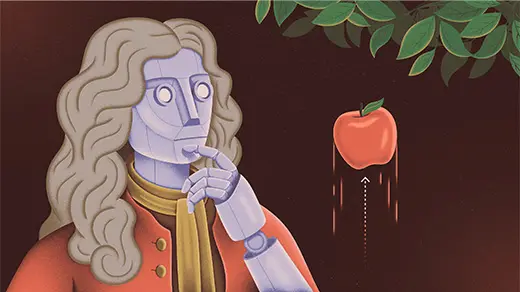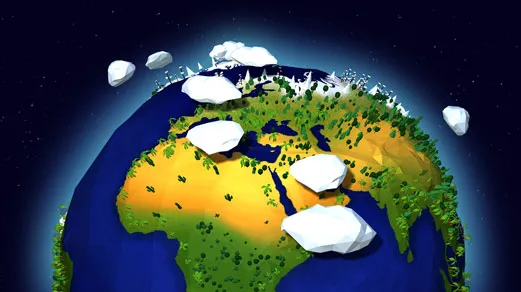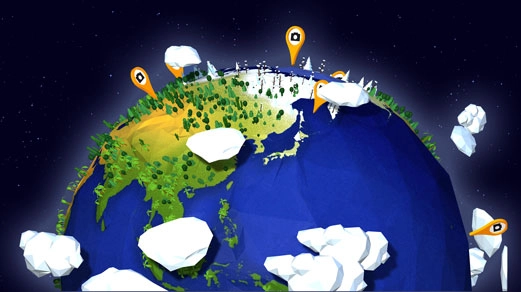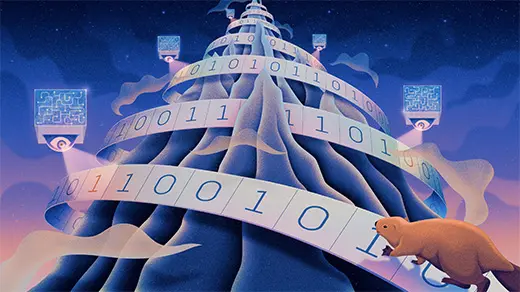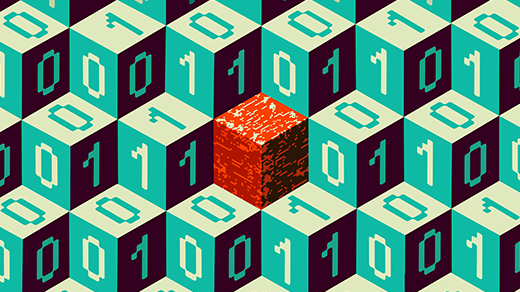What's up in
Computer science
Latest Articles
How One AI Model Creates a Physical Intuition of Its Environment
The V-JEPA system uses ordinary videos to understand the physics of the real world.
To Understand AI, Watch How It Evolves
Naomi Saphra thinks that most research into language models focuses too much on the finished product. She’s mining the history of their training for insights into why these systems work the way they do.
How We Came To Know Earth
Climate science is the most significant scientific collaboration in history. This series from Quanta Magazine guides you through basic climate science — from quantum effects to ancient hothouses, from the math of tipping points to the audacity of climate models.
The Ends of the Earth
Building an accurate model of Earth’s climate requires a lot of data. Photography reveals the extreme efforts scientists have undertaken to measure gases, glaciers, clouds and more.
Self-Assembly Gets Automated in Reverse of ‘Game of Life’
In cellular automata, simple rules create elaborate structures. Now researchers can start with the structures and reverse-engineer the rules.
‘World Models,’ an Old Idea in AI, Mount a Comeback
You’re carrying around in your head a model of how the world works. Will AI systems need to do the same?
Busy Beaver Hunters Reach Numbers That Overwhelm Ordinary Math
The quest to find the longest-running simple computer program has identified a new champion. It’s physically impossible to write out the numbers involved using standard mathematical notation.
The AI Was Fed Sloppy Code. It Turned Into Something Evil.
The new science of “emergent misalignment” explores how PG-13 training data — insecure code, superstitious numbers or even extreme-sports advice — can open the door to AI’s dark side.
How Can Math Protect Our Data?
Mary Wootters discusses how error-correcting codes work, and how they are essential for reliable communication and storage.
